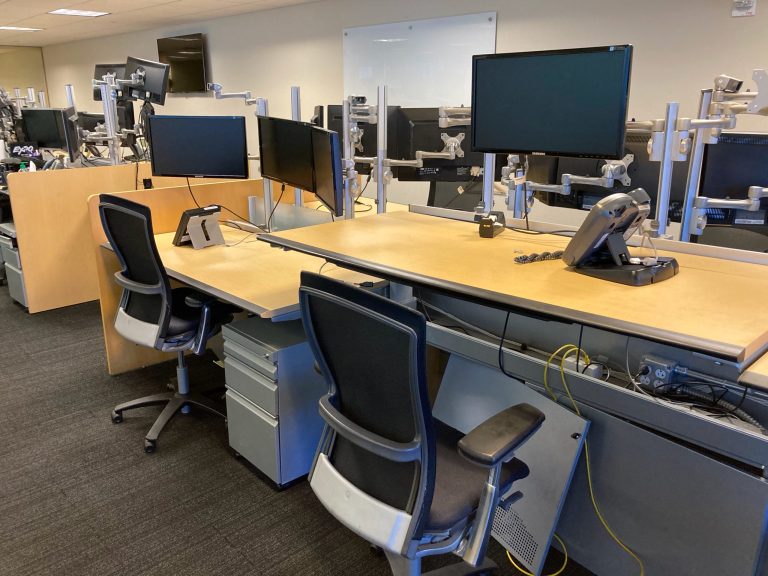The following are more details on the subject at hand.
There is a Way to Make More Money.
During a downturn, buying a secondhand automobile allows you to save money on transportation. In contrast to brand new automobiles, which begin depreciating immediately after you acquire possession, secondhand cars have already absorbed the majority of their losses.
Saving money by purchasing a pre-owned car is a terrific method to get a new car for less. In other words, a used automobile is less expensive than a new car, but it will last longer. It’s also possible to spend the money you saved for anything else, such as putting it away for the future.
For places that require you to have insurance on your car, you may save money by purchasing a vehicle that doesn’t need it. If you buy a new car in most states, you must also obtain full-coverage insurance. As the economy continues to struggle, it might be money you cannot afford to lose.
If you buy a used car, on the other hand, you can typically merely get liability insurance. If you want to save money by purchasing a used car rather than a new one, you may do it in this method as well.
Decrease in the Payments’ Duration
There is no need to make payments if you buy a used car instead of a new one. It is common for people to pay for a new car for 5 to 10 years or more. Most individuals buy used cars in el cajon either outright or with a shorter payment term, two to four years. This is the most common option. When the first couple of years are through, and the money is no longer a concern, you’ll be grateful.

Avoid Extra Charges Whenever Possible
When you buy a used automobile, you don’t have to pay the additional costs that most dealerships add to their vehicles. There is no limit to how much a vehicle dealer may charge you. In today’s economic climate, you can expect such fees to become more and more expensive. There are no additional costs when buying a used automobile, unlike when you buy a new one.
A recession is an excellent time to buy a pre-owned vehicle because of its lower cost, lower risk, and lower risk of depreciation.

















